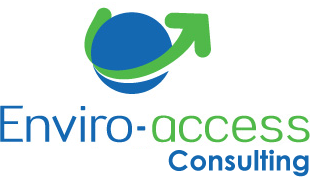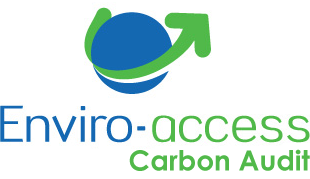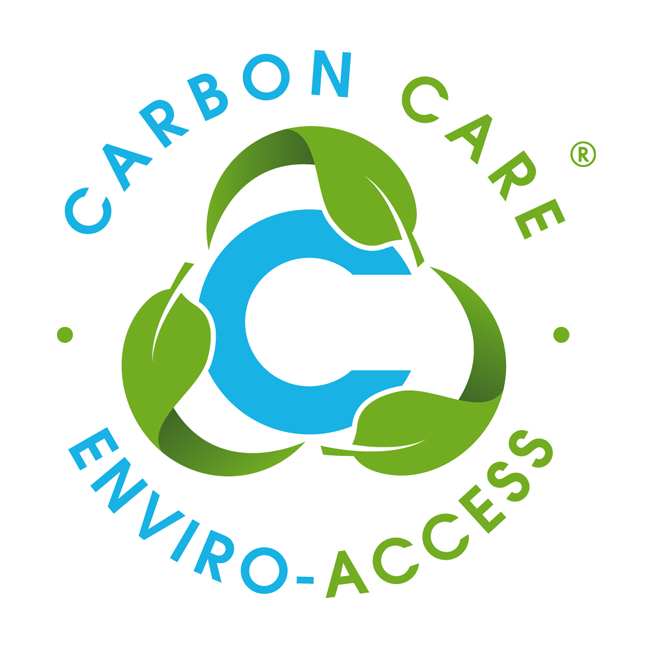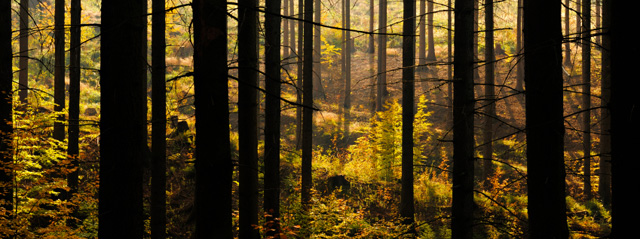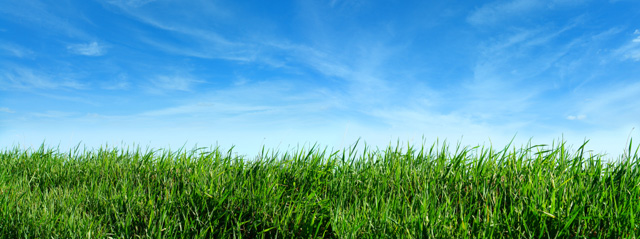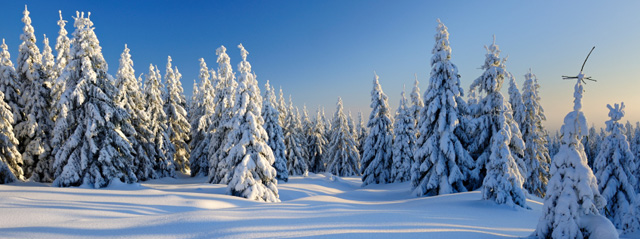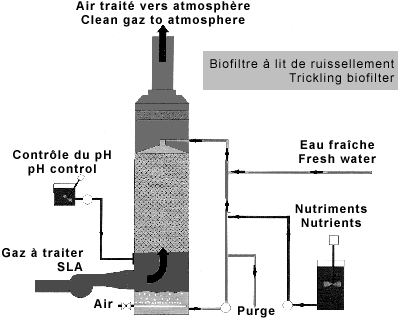Description of the technology
The gaseous effluent biofiltration process developed by AirScience Technologies can be used to treat volatile and halogenated organic compounds (VOCs and HOCs), monocyclic and polycyclic aromatic hydrocarbons (MAHs and PAHs) and certain alcohols. It is also useful for odour control.
Biological purification of gases involves passing the gas through a filter medium on which micro-organisms have been implanted. Gases are treated by biodegradation, sorption and filtration. The process usually requires a prior humidification stage to saturate the air with water.
Biofiltration of gaseous effluents is a new technology that is efficient and economical. It offers a high potential for use in sewage treatment plants, soil treatment sites, composting centres and the agri-food, chemical, pharmaceutical and paper industries.
Performance
The performance of this process which was developed and put on the market by AirScience Technologies depends on the type of contaminants being treated and their concentrations, as well as the design criteria of the biofilter (i.e., nature of the filter bed, micro-organism make-up and physico-chemical conditions). When design criteria are met, removal rates for BTEX (benzene, toluene, ethylbenzene and xylene) and halogenated hydrocarbons are in the range 90 to 99%. Between 75% and 90% of volatile PAHs are removed.
The use of biofiltration to treat gaseous effluents offers the advantage of no troublesome byproducts, wastewater or dust being produced. The end-products of the process are carbon dioxide (CO2), water vapour (H2O) and a residual fraction of the components being removed, which varies according to the degree of removal achieved. If the removal rate for a contaminant is 99%, for example, 1% of the contaminant will be found in the treated gaseous output.
If the filter medium is made of a solid matrix of natural, biomass-based material, it can be reused, provided it has not been biodegraded in the biofilter.
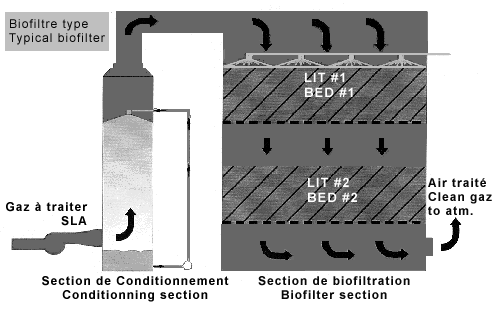
Limitations
Use of the AirScience Technologies air biofiltration process is limited by effluent toxicity. High concentrations of halogenated compounds may reduce the biofilter’s efficiency and even partially destroy the microbial flora. High temperatures, of the order of 40°C, can also reduce treatment effectiveness. In order to ensure optimal removal of target pollutants, the biofilter’s predetermined maximum load must not be exceeded; humidity and temperature control parameters must also be respected.
Installation and operation
Incoming gases first undergo preparatory treatment designed to make them compatible with the micro-organisms in the filter medium. This stage may include humidification, cooling and/or dust removal. The air is then passed through the biofilter, where the microbial flora remove contaminants, which are converted into water and carbon dioxide.
The bacterial bed is made up of diverse materials (biomass), whose composition varies depending on the type of contaminant to be treated. Nutrients may be added in order to foster the growth of the microbial flora, and the pH level must be controlled. The lifespan of the commonly-used filter media (peat moss, bark) varies from six months to two years, depending on the process and the properties of the gases being treated. When composted wood chips or roots are used, the filter medium may last up to seven years.
The micro-organisms used are non-pathogenic. Health risks for workers are thus minimal, and only normal protective measures are needed, such as wearing gloves and masks, keeping the workplace clean, and good personal hygiene. If an accidental spill should occur, the micro-organisms would not survive unless substantial substrate were available. If vapours of solvents such as ethanol and toluene are being treated, certain precautions must be taken, even though environmental contamination risks are low. The only risk in such a case involves possible mechanical failure of the equipment. As a general rule, any spill into the environment can be rapidly detected and dealt with.
Costs
The purchase cost for a biofiltration unit developed by AirScience Technologies is between $300 and $600 per cubic meter of air to be treated per minute. The main operating cost is for an energy input of the order of 4 kW for every 10,000 m3/hr of air treatment, equivalent to about $0.03 per thousand cubic meters of treated gas. Weekly monitoring suffices to ensure that the biofiltration unit is functioning well.
Additional information
This biofiltration technology was developed by AirScience Technologies over a three-year period, with the participation of the Alberta Environmental Centre and the Institut de recherche en biotechnologie de Montreal. Ten biofiltration units are currently operating in the agri-food, tobacco and wood processing industries, as well as in sewage treatment plants and composting centres.
![]()
AirScience Technologies
M. Gérard Magnin, président
1751, rue Richardson, bureau 3525
Montréal, Québec, H3K 1G6
Phone : (514) 937-4614
Fax : (514) 937-4820
Email : airscience@compuserve.com
